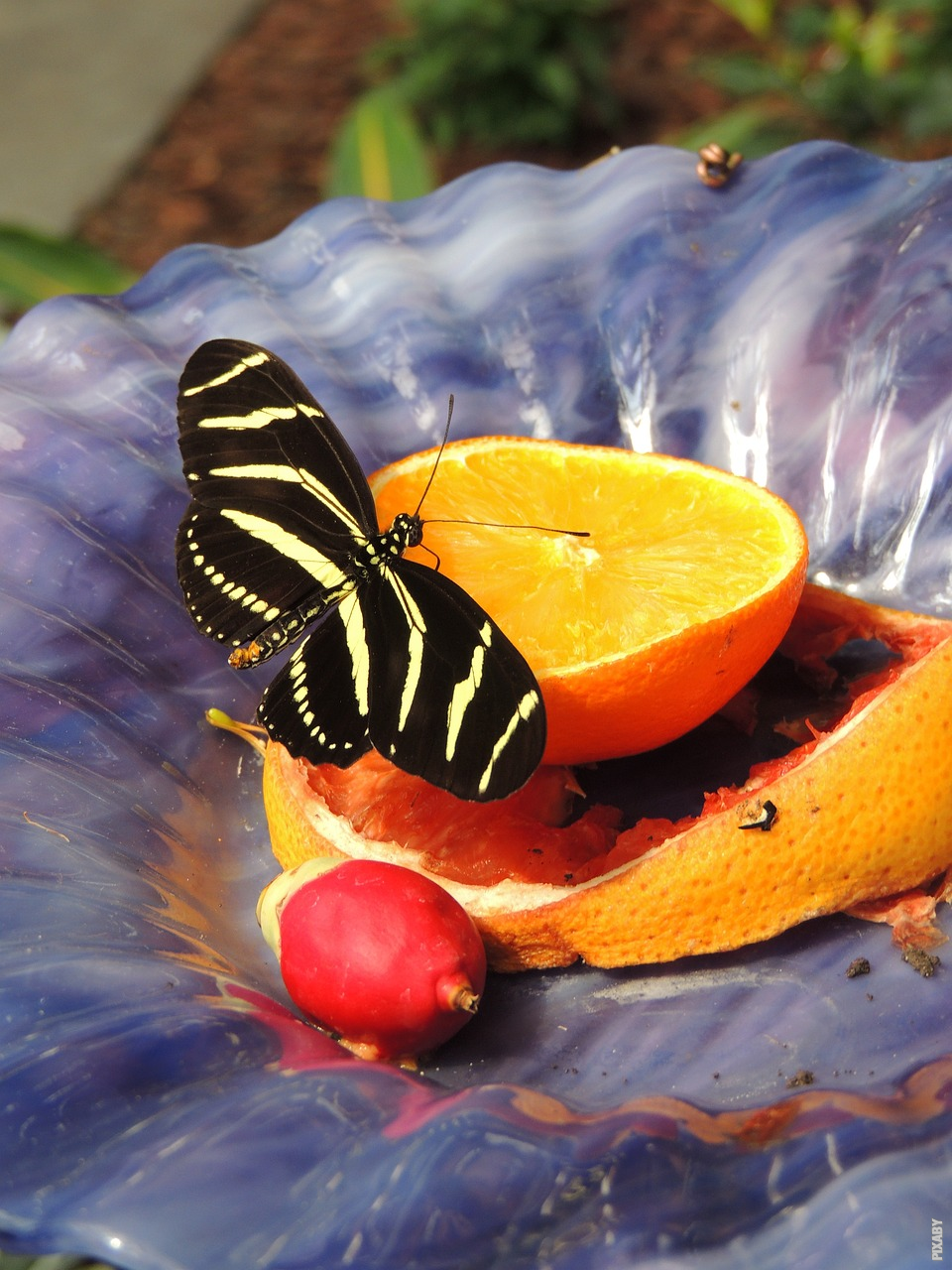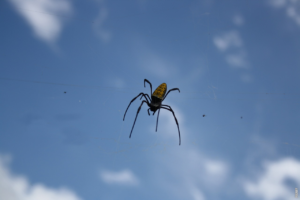The Fascinating World of Butterfly Diets
Butterflies, with their vibrant colors and delicate wings, have captured the awe and wonder of people around the world. These graceful creatures spend their days flitting from flower to flower, but have you ever wondered what exactly they eat? Join us as we delve into the intriguing world of butterfly diets.
1. Nectar: A Sweet Delight
One of the primary food sources for butterflies is nectar. These tiny insects have a long, straw-like tongue called a proboscis, which they use to sip nectar from flowers. The proboscis acts like a straw, allowing the butterflies to access the sugary liquid hidden deep within the flower’s petals. This sweet delight provides them with the energy they need to fly and reproduce.
2. Pollen: A Nutritional Boost
While nectar is the main source of sustenance, some butterflies also supplement their diet with pollen. Pollen is packed with essential nutrients such as proteins, fats, and vitamins, making it a valuable addition to their meals. Butterflies inadvertently collect pollen on their bodies as they feed on nectar, and this pollen becomes an additional source of nourishment.
3. Rotting Fruit: An Unexpected Treat
Not all butterflies stick to a strict diet of nectar and pollen. Some species, known as ‘fruit feeders,’ have a taste for rotting fruit. These butterflies are attracted to the fermenting aroma of decaying fruits and use their sense of smell to locate them. Feeding on rotting fruit provides them with additional nutrients and minerals that are crucial for their survival.
4. Mineral-rich Sources: A Vital Requirement
In addition to nectar, pollen, and rotting fruit, butterflies also require minerals to maintain their health. They obtain these minerals from various sources such as damp soil, mud puddles, and even animal droppings. This behavior, known as ‘mud-puddling,’ allows butterflies to extract essential minerals such as sodium and potassium, which play a crucial role in their reproductive and metabolic processes.
Post
Post
5. Caterpillar Diet: A Vegetarian Feast
Before transforming into beautiful butterflies, these creatures start their lives as caterpillars. Caterpillars have a different diet compared to their adult counterparts. They are voracious eaters and primarily feed on plant leaves. This vegetarian feast provides them with the nutrients necessary for growth and development.
Conclusion
Butterflies have a diverse and intriguing diet that includes nectar, pollen, rotting fruit, minerals, and plant leaves. The combination of these food sources ensures their survival and allows them to grace our gardens with their mesmerizing presence. Next time you spot a butterfly, take a moment to appreciate not only its beauty but also the incredible journey it undertakes to find its next meal.



